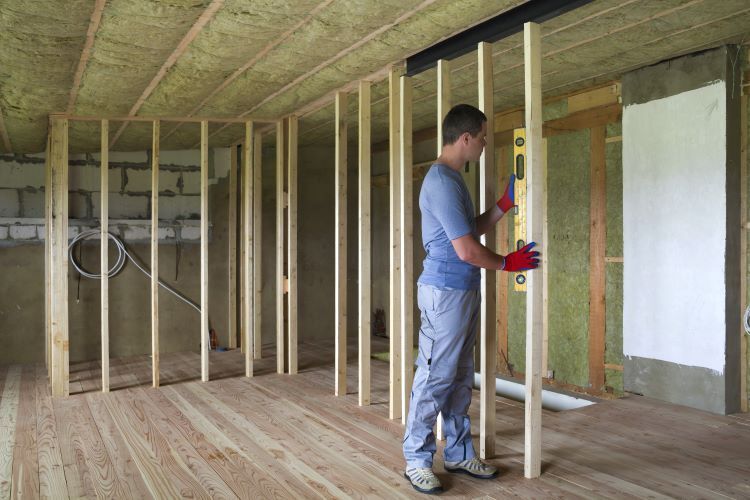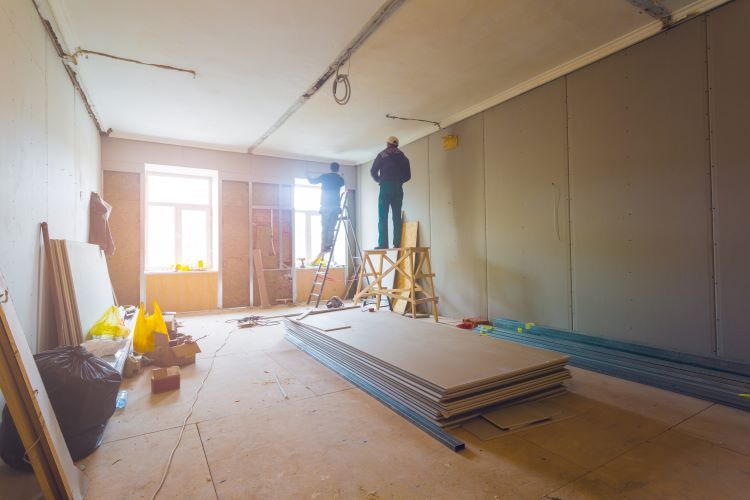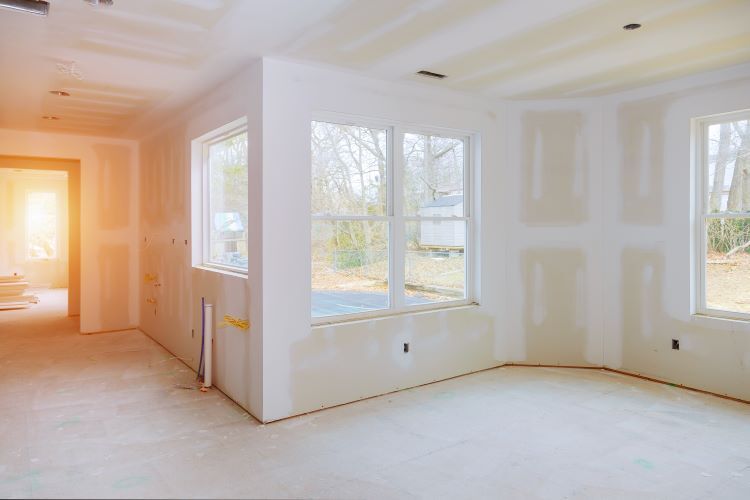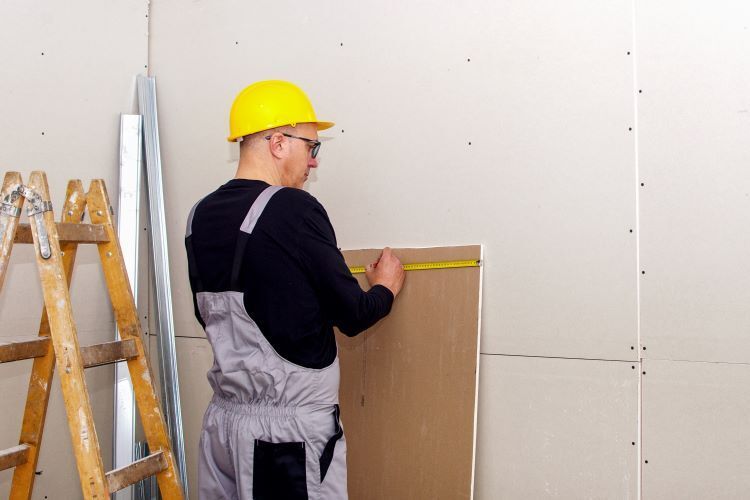Metal vs Wood Drywall Framing

When it comes to drywall installation, framing is a crucial step that sets the foundation for a sturdy and long-lasting finish. Whether you’re working on a new construction project or renovating an existing space, one of the key decisions you'll face is choosing between metal and wood framing. Each option has its pros and cons, and understanding these can help you make an informed choice that meets your project's specific needs. At Saskatoon Drywallers, we’re here to guide you through the differences between metal and wood drywall framing.
Metal Framing: Strength and Durability
Advantages of Metal Framing
- Resistance to Moisture and Pests: Metal studs are not susceptible to mold, rot, or insect damage, making them an ideal choice for areas prone to moisture, such as basements and bathrooms.
- Fire Resistance: Steel is inherently more fire-resistant than wood, which can be a critical factor in certain building codes and safety regulations.
- Consistency and Precision: Metal studs are manufactured to precise specifications, leading to a more uniform and straight framework. This precision can help in achieving smoother drywall finishes.
- Less Warping: Unlike wood, metal does not warp, twist, or shrink over time, ensuring that your drywall remains flush and secure.
Disadvantages of Metal Framing
- Cost: Metal framing can be more expensive upfront than wood framing due to material costs and the need for specialized tools for cutting and installation.
- Installation Difficulty: Metal studs are often lighter but can be more challenging to handle, especially for inexperienced DIYers. They may also require special fasteners and tools, such as a metal screw gun.
- Thermal Conductivity: Metal conducts heat and cold more efficiently than wood, which can lead to thermal bridging. This can reduce the energy efficiency of your walls if not properly insulated.
Wood Framing: Traditional and Versatile
Advantages of Wood Framing
- Cost-Effective: Wood framing is generally more affordable than metal framing, making it a popular choice for residential projects and smaller budgets.
- Ease of Installation: Wood studs are easier to cut and work with, making them a more straightforward option for DIY projects or for those less familiar with construction.
- Natural Insulation: Wood provides some level of thermal insulation, which can contribute to better energy efficiency in your home.
- Availability: Wood is widely available and comes in various types, allowing you to choose materials that fit your budget and aesthetic preferences.
Disadvantages of Wood Framing
- Vulnerability to Pests and Moisture: Wood framing can be susceptible to termites, rot, and mold, especially in damp environments. Proper treatment and maintenance are crucial to prevent these issues.
- Fire Risk: Wood is a combustible material, which can pose a higher fire risk compared to metal framing. This factor may need to be considered, particularly in commercial applications.
- Potential for Warping: Wood can warp or twist over time, especially in areas with fluctuating temperatures and humidity levels. This can lead to issues with drywall alignment and finishes.
Which Option Is Right for You?
The choice between metal and wood drywall framing ultimately depends on your specific project requirements and conditions. Here are some factors to consider:
- Project Type: For residential projects or small renovations, wood framing may be the most practical and cost-effective choice. However, for commercial buildings or areas with high moisture, metal framing could provide better long-term durability.
- Budget: If cost is a significant factor, wood framing is often the more affordable option. However, consider the potential long-term costs associated with maintenance and repairs for wood framing.
- Environment: If you're in a region with high humidity or risk of pest infestations, metal framing might be the better choice. Conversely, if you value natural materials and insulation properties, wood may be more appealing.
- Aesthetic Preferences: Consider how the framing material may affect the overall look of your project. Wood can provide a warm, traditional feel, while metal can lend a modern, industrial aesthetic.
Conclusion
Both metal and wood drywall framing have their unique benefits and drawbacks, and the best choice depends on your specific project needs. At Saskatoon Drywallers, we specialize in both metal and wood framing, offering expert advice and services tailored to your requirements. Whether you’re constructing a new home, renovating your space, or simply need assistance with drywall installation, we’re here to help.
Contact us today to discuss your project and discover how we can assist you in making the right framing choice for your drywall needs!
You might also like


